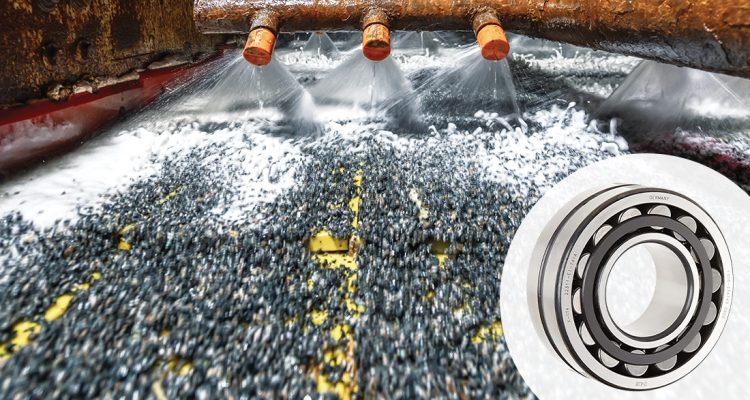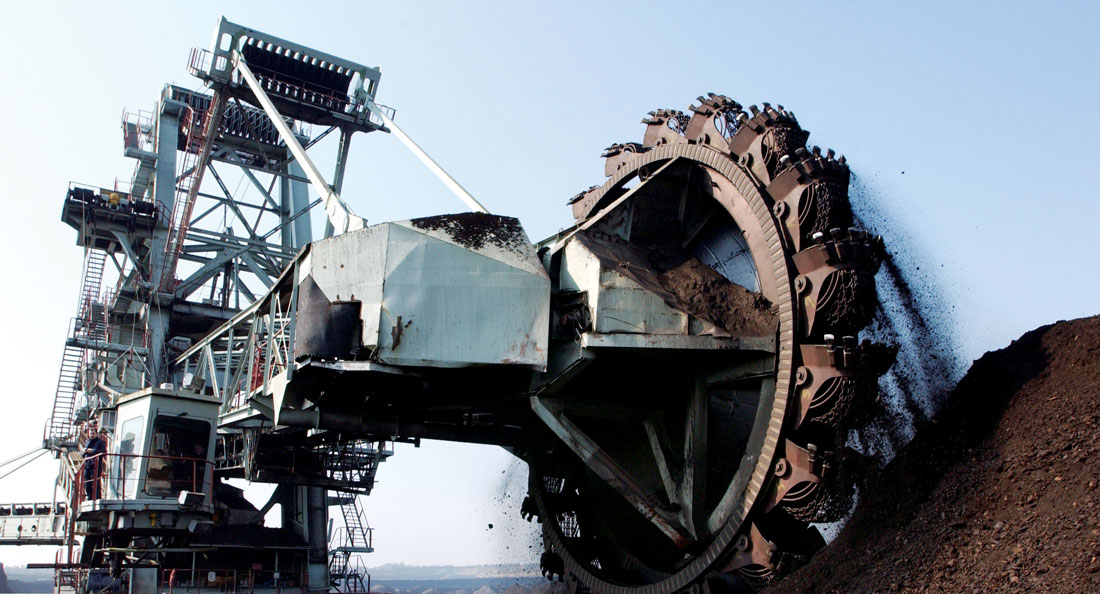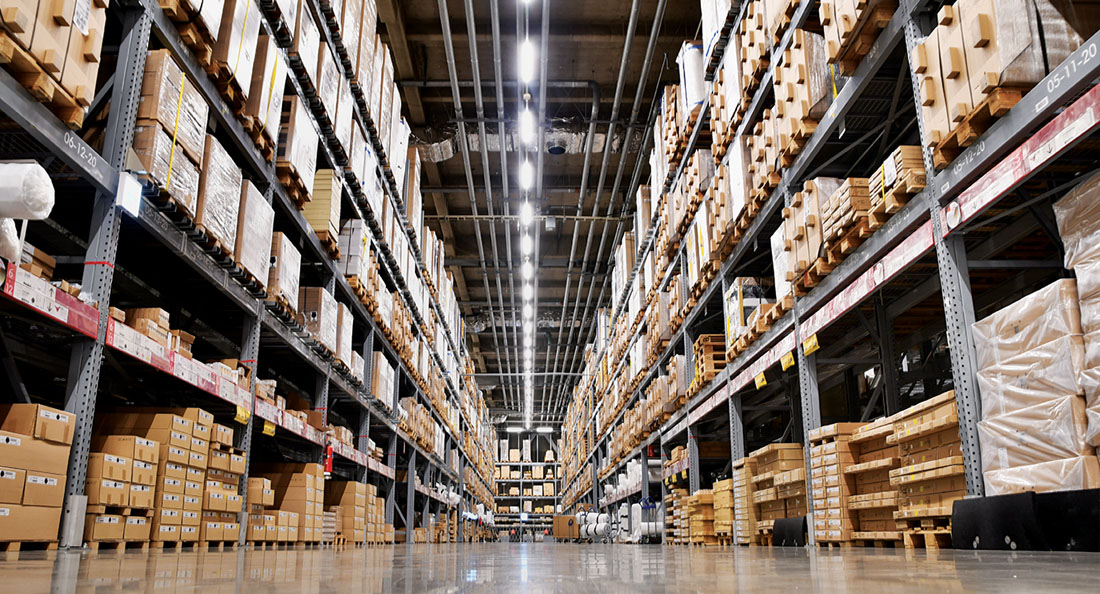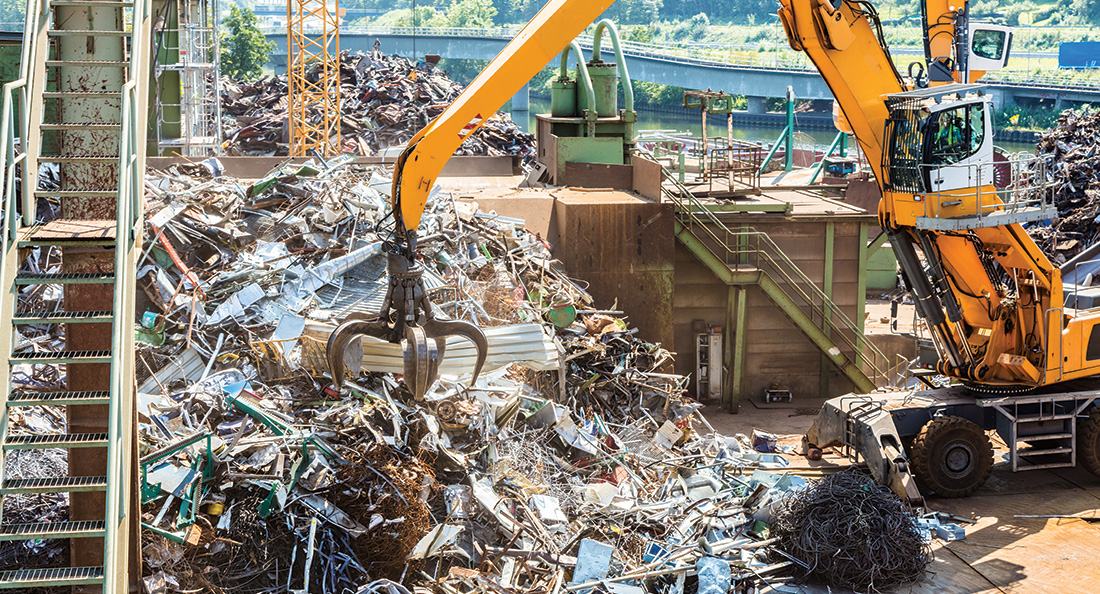On a quarrying site, vibrating screens, also known as ‘shaker screens’ play an important role in mineral processing. Much like sifting sand through a sieve, a shaker screen is primarily used for sorting quarried materials to size.
The principle of a shaker screen is relatively simple: they are typically inclined over shafts that have motorised drives that cause the shaker screen to vibrate rapidly.
Depending on the arrangement, the screen moves in a linear or elliptical motion to create centrifugal force. This force causes the smaller particles to crumble and fall to a feed below, while larger sized materials move overhead.
Shaker screens are typically a low-maintenance, low-cost piece of equipment that allow operators to maintain a good level of control over the flow of material that is otherwise heavy, abrasive, and difficult to handle.
Despite of all the benefits of vibrating screens to the mineral processing industry, the downfalls seem to exceed them in terms of the service life of shaker screens and frequent breakdowns. In short, most shaker screens just don’t work very well.
According to Michael Greelish, the National Business Development Manager at Motion Australia, the most common reason that vibrating screens break so frequently is because the bearings fail.
“The screen manufacturers are not at fault, as they design the screens to withstand immense stress from materials being fed continuously through cycles of crushing and sorting. If the stress levels remain to testing standards, the screen is likely to be reliable and resilient with the life of the machine,” says Michael.
“The problem is not with the screens themselves; it is with component failure. The internal componentry experiences extreme levels of fatigue and rapid wear under the stress of constant circular, linear, and elliptical forces against abrasive materials,” he continues.
“When the quarried materials are fed onto the screen decks, their movement is relatively volatile, and these uneven movements can put additional stress on internal componentry. The force is hard to predict and even harder to contain– often causing one side of a screen to fail prematurely.”
Michael emphasises that quarries rely on the performance of their vibrating screen applications for their production.
“A quarry’s overall production output is contingent on the performance of their shaker screens, and the performance of the screens is determined by the suitability of the bearings for the application,” he says.
For quarrying managers, shaker screens pose a difficult engineering problem that often requires outside consult to solve. This is where Motion Australia and their longstanding supply partner Schaeffler enter the equation.
“We have been partnering with Schaeffler to work with quarrying customers for many years, and this includes performing joint site visits and two-fold engineered bearing solutions for shaker screen applications,” says Category Manager for Industrial Bearings at Motion Australia, Tony Tormey.
Tony specialises in providing bearings solutions for heavy industrial applications that “solve problems for customers, rather than create them.”
“A vibrating screen needs to have multi-directional capabilities, so it requires a spherical roller bearing solution that is purpose designed and built to accommodate the extreme stress of these movements,” says Tony.
From their state-of-the-art engineering and manufacturing facilities in Germany, one of Schaeffler’s most recent innovations is their patented Durotect CK bearing surface coating that went into the design of their FAG T41D Shaker Screen Bearings.
“When it comes to bearing solutions for shaker screens, the Schaeffler FAG T41D Shaker Screen Bearings are unparalleled in the market because of the cutting-edge Durotect CK surface technology used in the construction of the bearings,” highlights Tony.
Specifically designed for shaker screen applications, the T41D Bearings have a thin layer chromium bore coating to the inner ring bore which alleviates fretting corrosion, and offers superior wear resistance, greater load carrying capacity and longer service life.
In support of extended service life on shaker screen applications, the T41D Bearings are part of Schaeffler’s X-Life portfolio, which stands for ‘extended life’ of the bearings.
X-Life bearings are all heat-treated for temperature stability and high wear resistance and resilience under centrifugal force, making them even more well suited for shaker screens.
The T41D Bearings have further surface treated cages and tighter dimensional tolerances for better housing and shaft fitting.
“Quarry managers will often approach us at Motion Australia and ask how they can improve the structural integrity of the shaker screens on their site to reduce stress and avoid production losses,” says Tony.
“I tell them if they want to drastically improve the life of their shaker screens and avoid any loss of productivity, the T41D bearings are the answer,” he concludes. “In some cases, they will even outlive the screen– problem solved.”
Schaeffler T41D Bearings: Feature and Benefits
• X-life quality = 70% longer life than standard bearing types
• Bainite heat treatment for temperature stability up to 200°C
• Surface hardened cage for high wear resistance
• Cage guided by outer ring better accommodates centrifugal forces
• Tighter OD and ID dimensional tolerances for better control of fit in housing and on shaft
• Durotect CK hard coating on bore for reduced fretting corrosion and shaft wear




